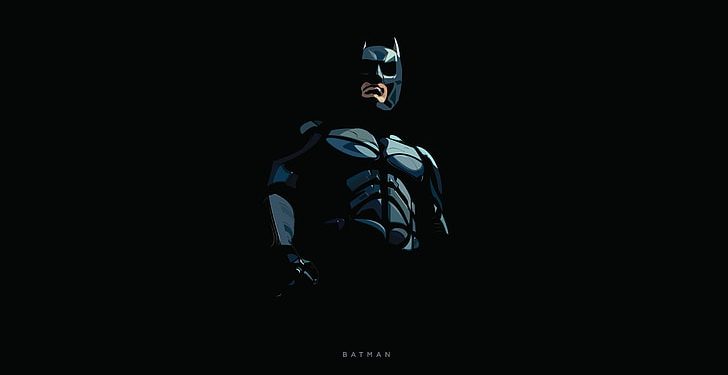When it comes to superheroes, there’s no one like Batman. He’s the ultimate fighter, strategist, and detective. And one of his most iconic weapons is the twin bouncers—two large inflatable balls he can use to knock opponents out cold. You may not know that this weapon is based on a real-world phenomenon: the rebound effect. The rebound effect is when an object rebounds off of an obstacle after being hit. This blog post will explore the physics behind the twin bouncers in Batman and how you can use this knowledge to your advantage in games and other physical challenges.
The Twins First Seemed In 1993
The Twin Bouncers In The Batman, Explained
In 1993, the first appearance of the twins was in the comic book Batman. At that time, they were only known as “the Bat-Booyahs” due to their appearances being blurred out. However, after their unmasking and subsequent fight with Batman, they were given their current names: Bane and Batgirl.
Bane is typically depicted as a large and muscular man with long black hair. He is usually shown wearing a mask or other piece of equipment that conceals his face. He usually wields two large axes or hammers, which he uses to beat his opponents into submission.
Batgirl is typically depicted as a young woman with short pink hair. She is usually shown wearing a suit or other clothing that protects her from harm. She usually wields two small handguns, which she uses to shoot at her opponents.
In Batman The Twins Work For Two-Face : The Animated Series
The Twins, Tom Kenny and Tony Anselmo play, work for Two-Face in the Batman: The Animated Series episode “Two-Face’s War of The Colours.” Two-Face has a Colour scheme machine that can change his skin color to match any outfit he chooses. He plans to use the machine to take over Gotham City, but the twins disguise themselves as two of Gotham’s most notorious gangsters, The Gangster and Scarface. They manage to stop Two-Face’s plan and destroy the machine.
